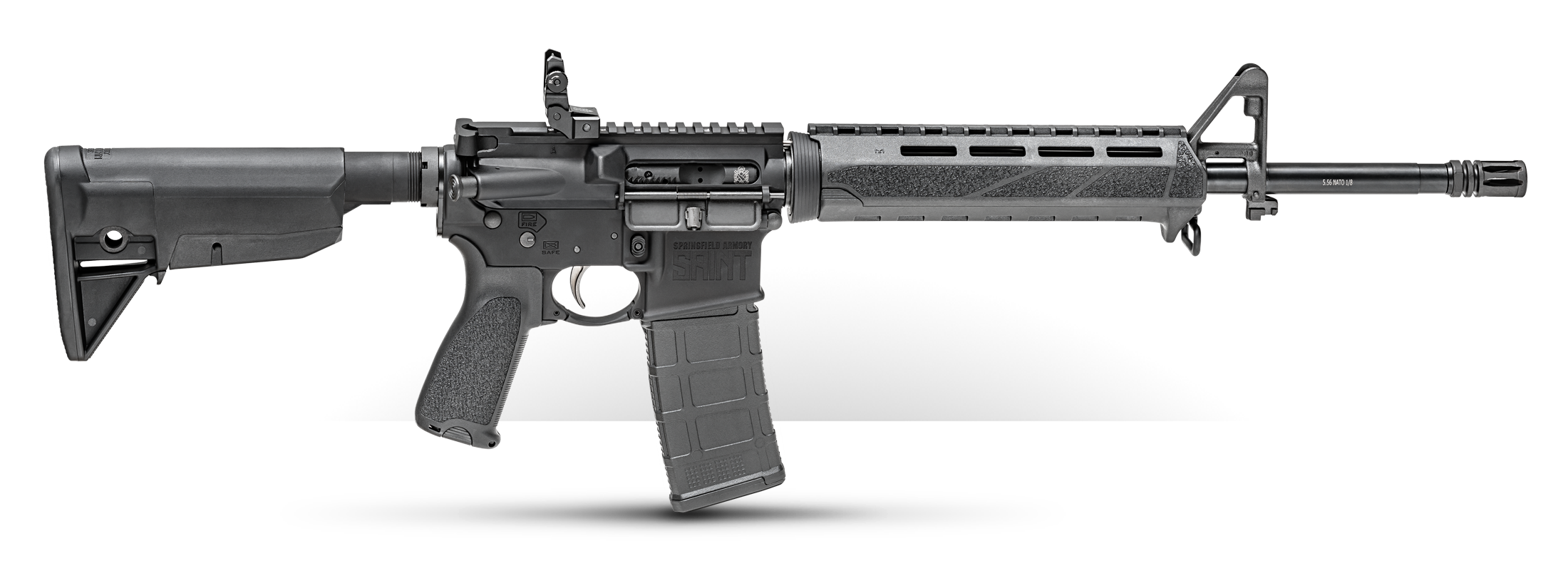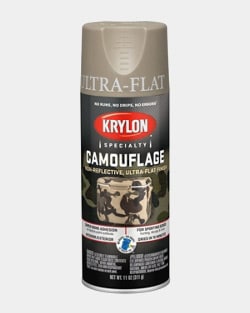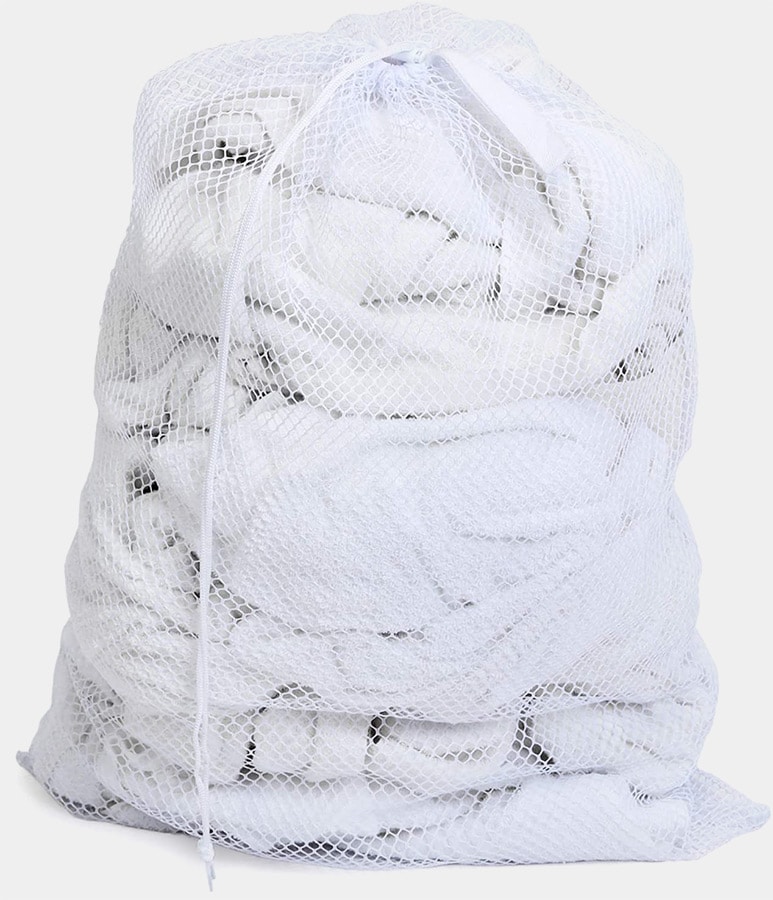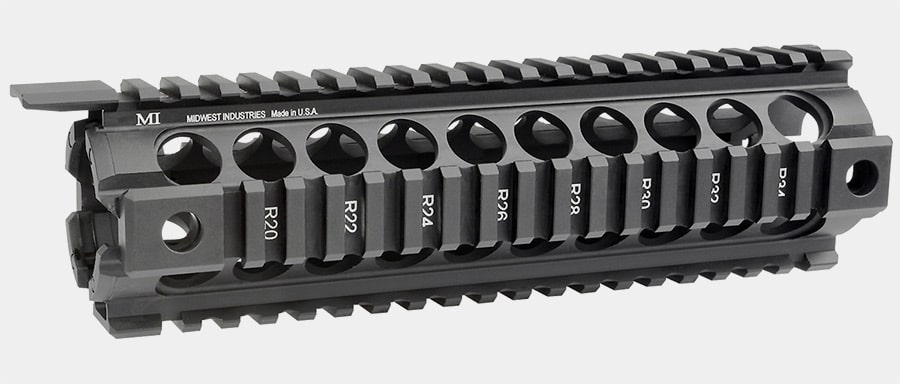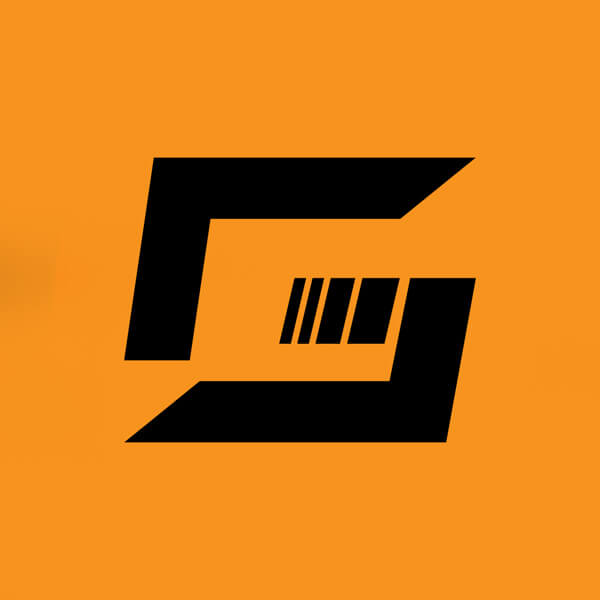Without a doubt, the best camouflage paint for your gun is to spray it on yourself. Sorry Cerekote lovers, but it’s true. Cerekote is great for nice clean paint jobs where you want a specific camo pattern. However, for adaptable camouflage that blends your rifle into your surroundings, spray paint camo is the best way to go.
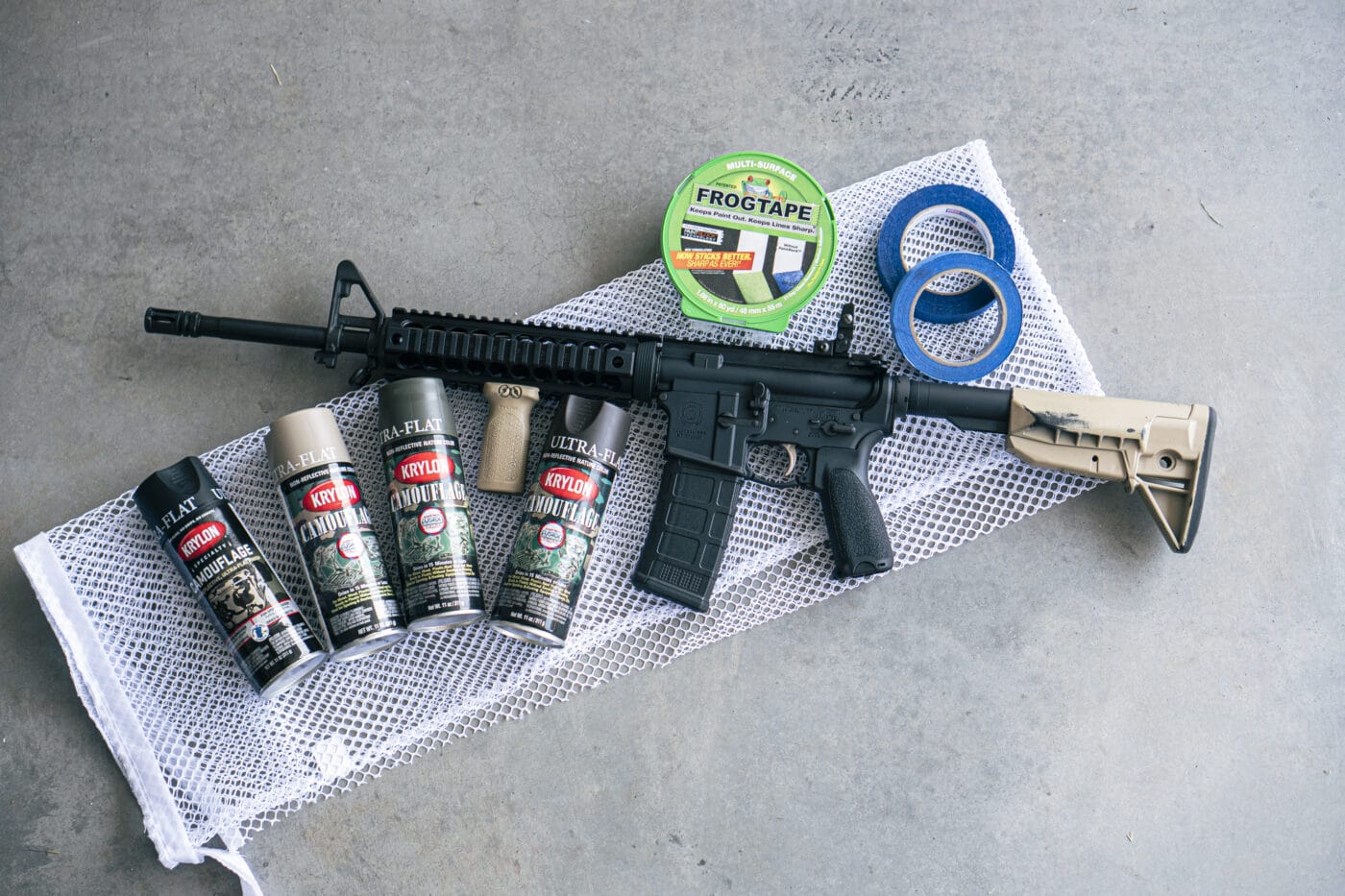
In the 2nd amendment world, we call it a rattle can. So, you will hear us say stuff like “I’m gonna rattle can that gun,” which translates in common English to “I’m going to spray paint this gun camo.” Camouflage like this is easy to clean off and change the color of your camo to fit the mission or environment. Cerekote requires you to sandblast the gun, removing the finish altogether, with you then having to refinish it.
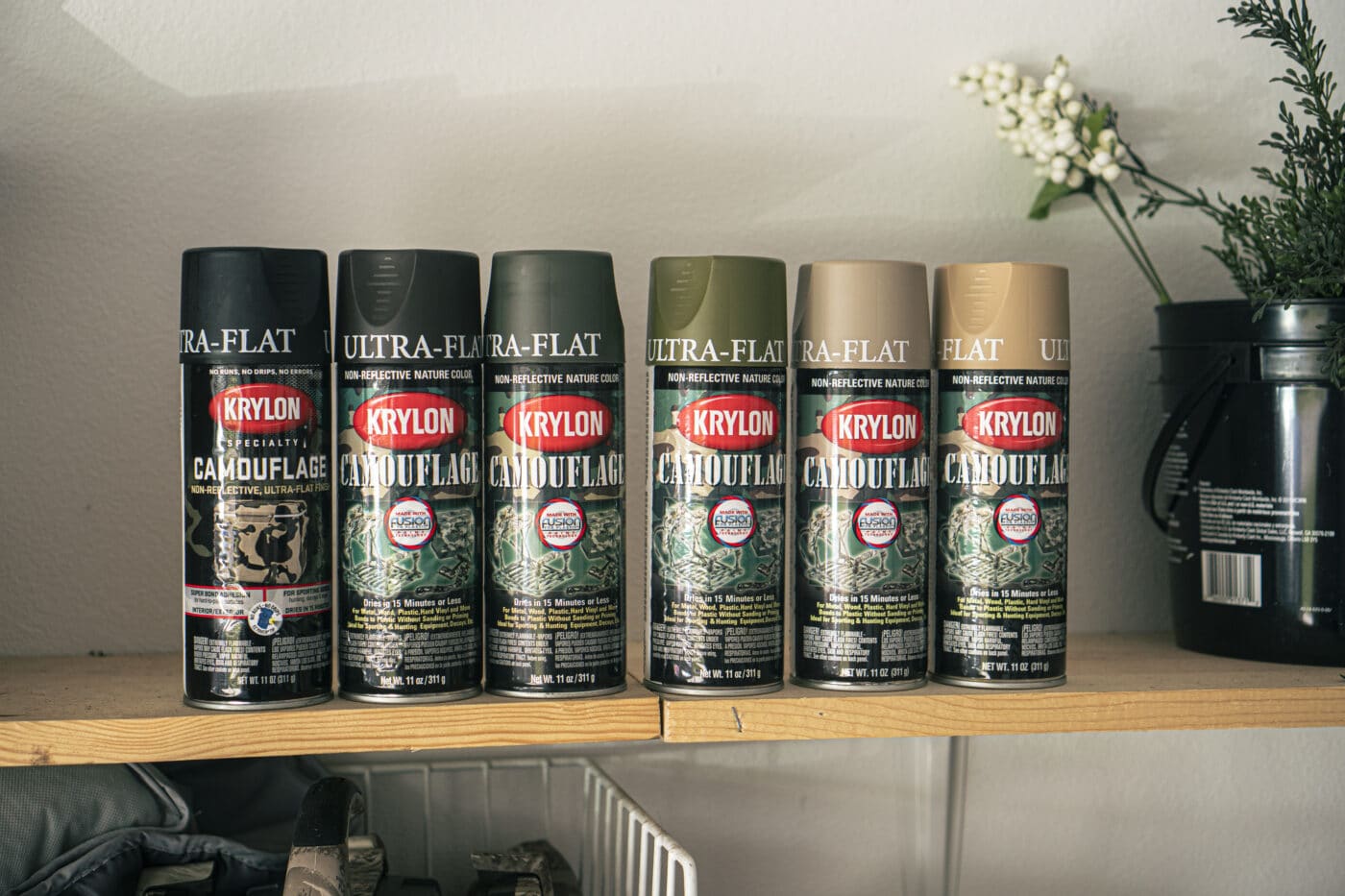
Here are some things to mention that will address initial concerns. Yes, this comes off easy with something like mineral spirits. No, it will not mess up the actual finish of your AR. It will not have a sticky feeling or come off on your hands as you use the gun. That being said, I would spray paint the action part of your gun at your own risk. Personally, I would never paint a bolt or any of the moving mechanical parts.
What You Need
You don’t need a lot of materials for this type of project. Make sure you have a well-ventilated area. I chose my garage for this. Then, have a way to place your gun for paint. I have a piece of gear for holding up AR rifles that I use. It is a heavy steel chunk with a vertical piece of rebar welded to it. This bar goes in the hollow grip and holds my gun up so I can paint both sides. But it’s perfectly okay to lay it down flat and paint one side at a time.
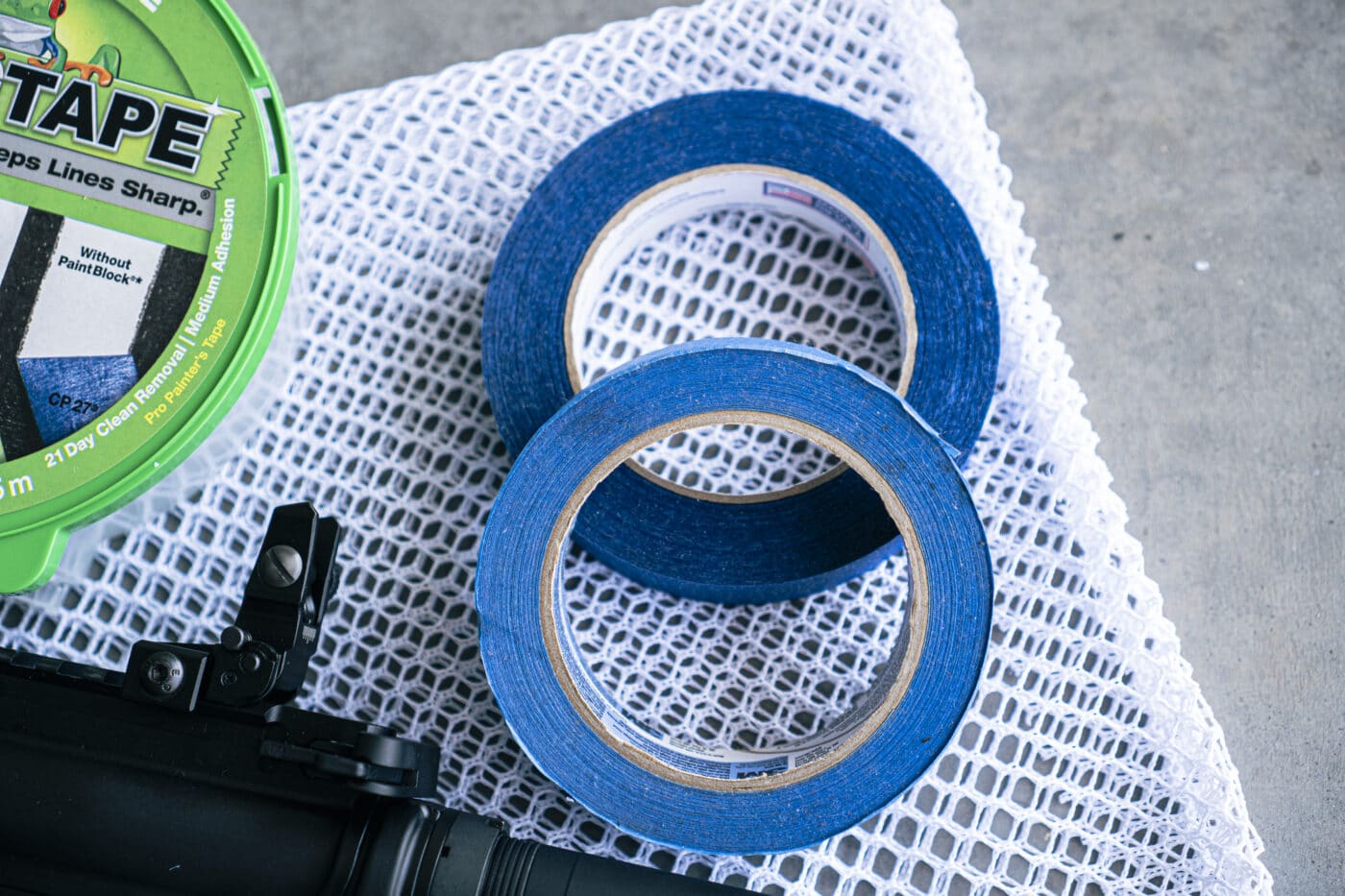
Next up is masking tape, which you need to mask off the no-paint areas. Then you need the paint itself. I like Krylon camo paint, but Rustoleum makes camo paint that is pretty good as well. These will be in stores marked specifically for camouflage use. If you want to throw in your own color, make sure it’s the absolute latest matte finish you can get.
Next, if you want to really make your camo pattern good, you need a shape to break the pattern up. So, you need something like a mesh laundry bag like I used, or you can simply pull some leaves off the trees in your geographical location. Another option is to buy stencils or wrap a string around your rifle in sections to add a pattern. Truly, the options are limitless. Alright, now we are ready to start.
Wipe It Down!
First off, I wipe down my gun to remove any surface oil. Sometimes you will have oil seep from your inner parts onto the outside of your gun. Just wipe this off with a rag so that your paint goes straight to the gun itself and not the oil. A real quick wipe down is all you need.
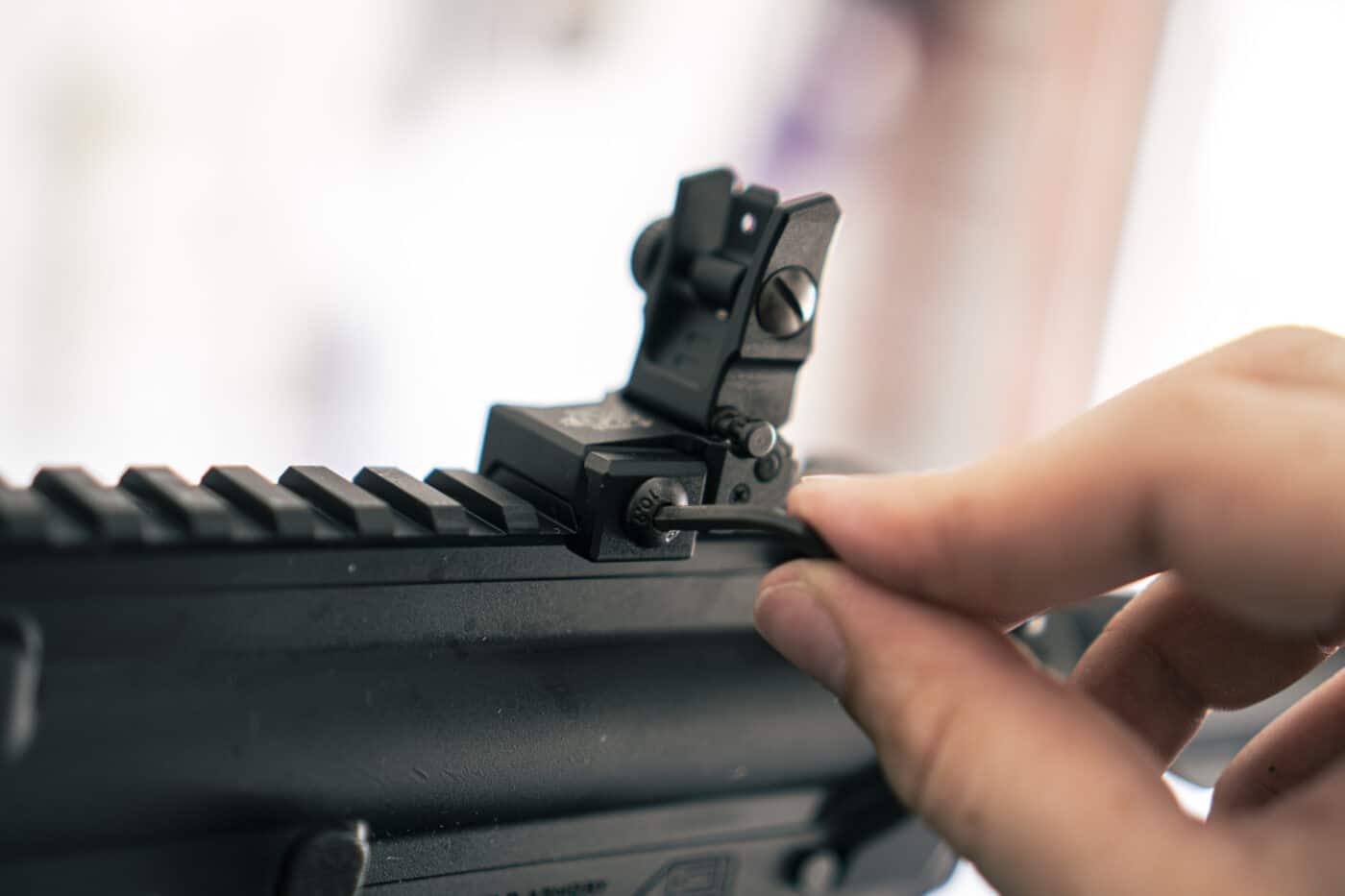
Now, if you are dead set on holding onto this spray paint job for as long as possible, you could use something like rubbing alcohol to dry the surface of the gun thoroughly to prep it for paint. I never do this because what I personally love about spray paint is its impermanence.
Tape It Up!
Our next step is to tape off sections of the gun with masking tape. For this part, tape off anywhere you don’t want paint, whether it’s for aesthetic reasons or for function. I taped off my trigger, front sight, forward assist, rubber stock pad and the inside of my A2 flash hider.
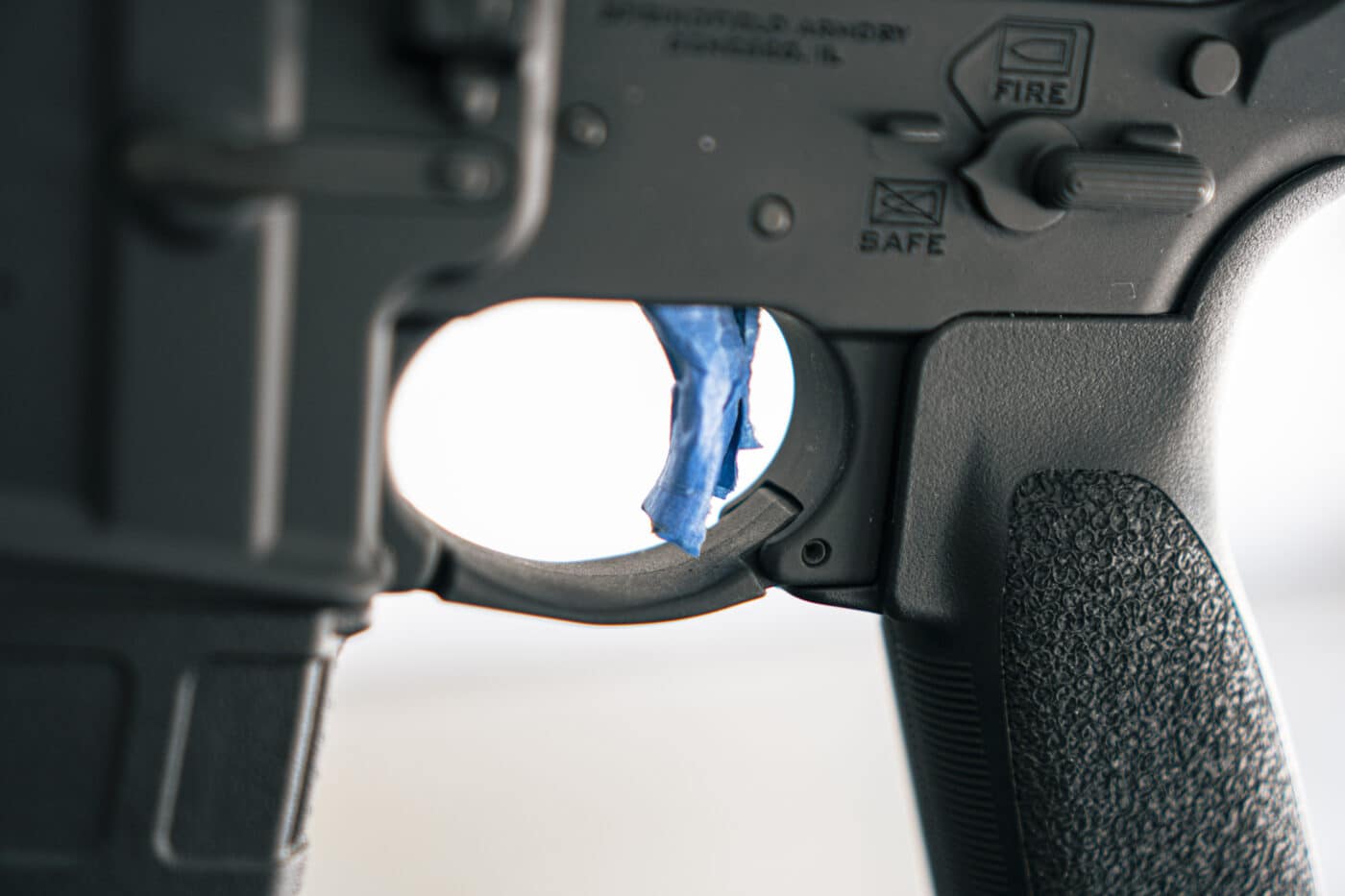
If you have a QD flash hider for a suppressor, I recommend you not paint your muzzle device at all. It’s wise to not gunk up your muzzle device if you need to thread a suppressor onto it. Suppressors need a good, solid fit to prevent baffle strikes. Don’t let some $6 spray paint ruin your suppressor with a baffle strike. Okay, after it’s taped, it’s time to paint!
Paint It Up!
This is the fun part! Here is how I paint a rifle. I paint large stripes in a diagonal style from the front to the back of the rifle, alternating colors. So, for example, I paint a stripe of khaki, brown, green, khaki, brown, etc. Over and over until I reach the end of the weapon. You can keep a pattern or mix it up; either way, it’s gonna look good!
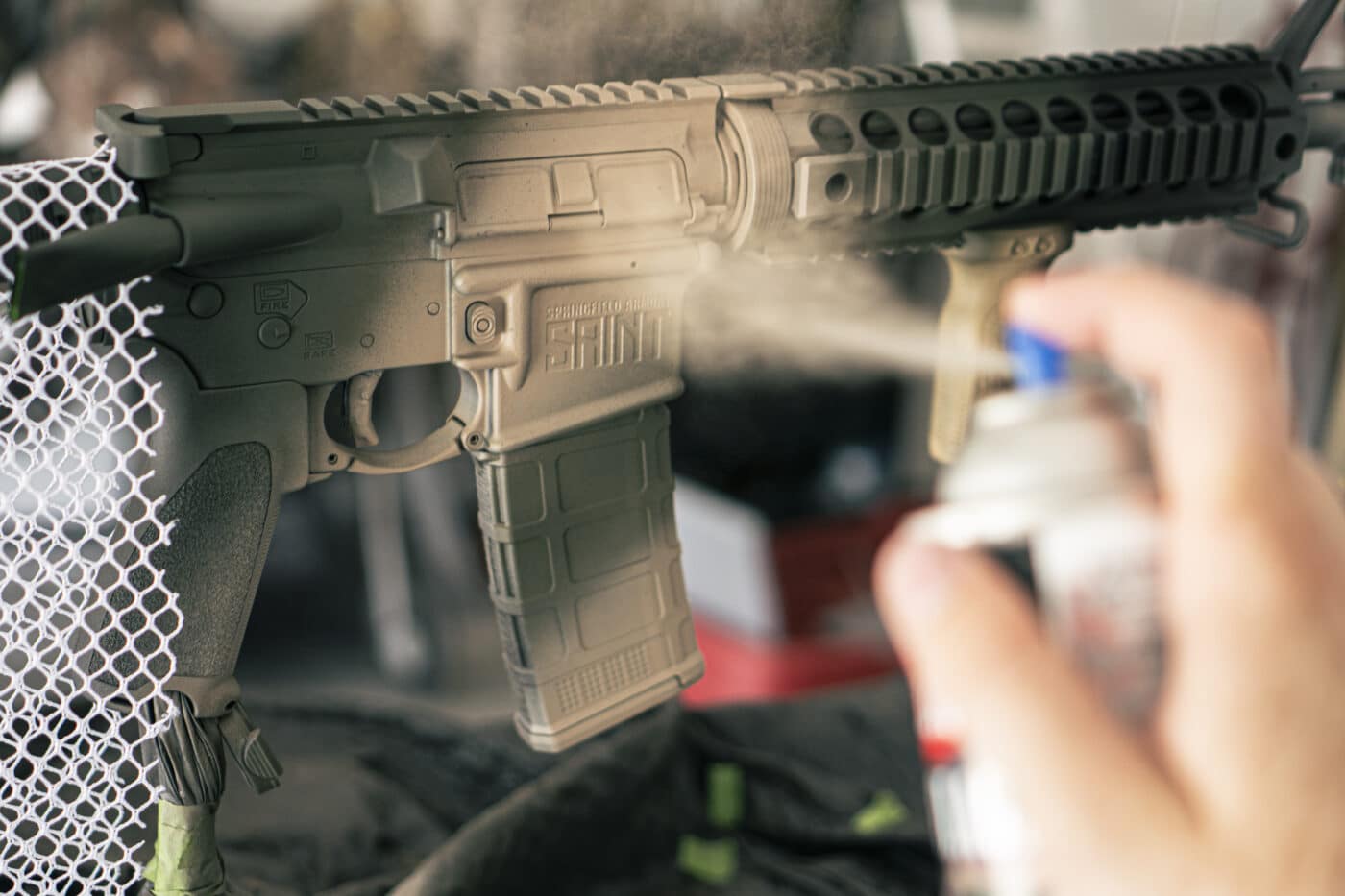
When you’re finished, you have a rifle with tiger-like stripes all along it. Do this for both sides of your rifle and give it five to 15 minutes to dry. The longer you let it dry, the less gummy the finish will feel. The Krylon will be dry to touch after five minutes.
Lay Down a Pattern
This is where we make the gun look really cool and break up those stripes. Now, I take the laundry bag I mentioned earlier and lay it over the gun. Here you want to alternate colors as you spray across the rifle. For example, if you are painting in a section with a khaki and green stripe, place your net over the top and then spray some brown over the netting. This will leave you with brown scales on top of the khaki and green stripes.
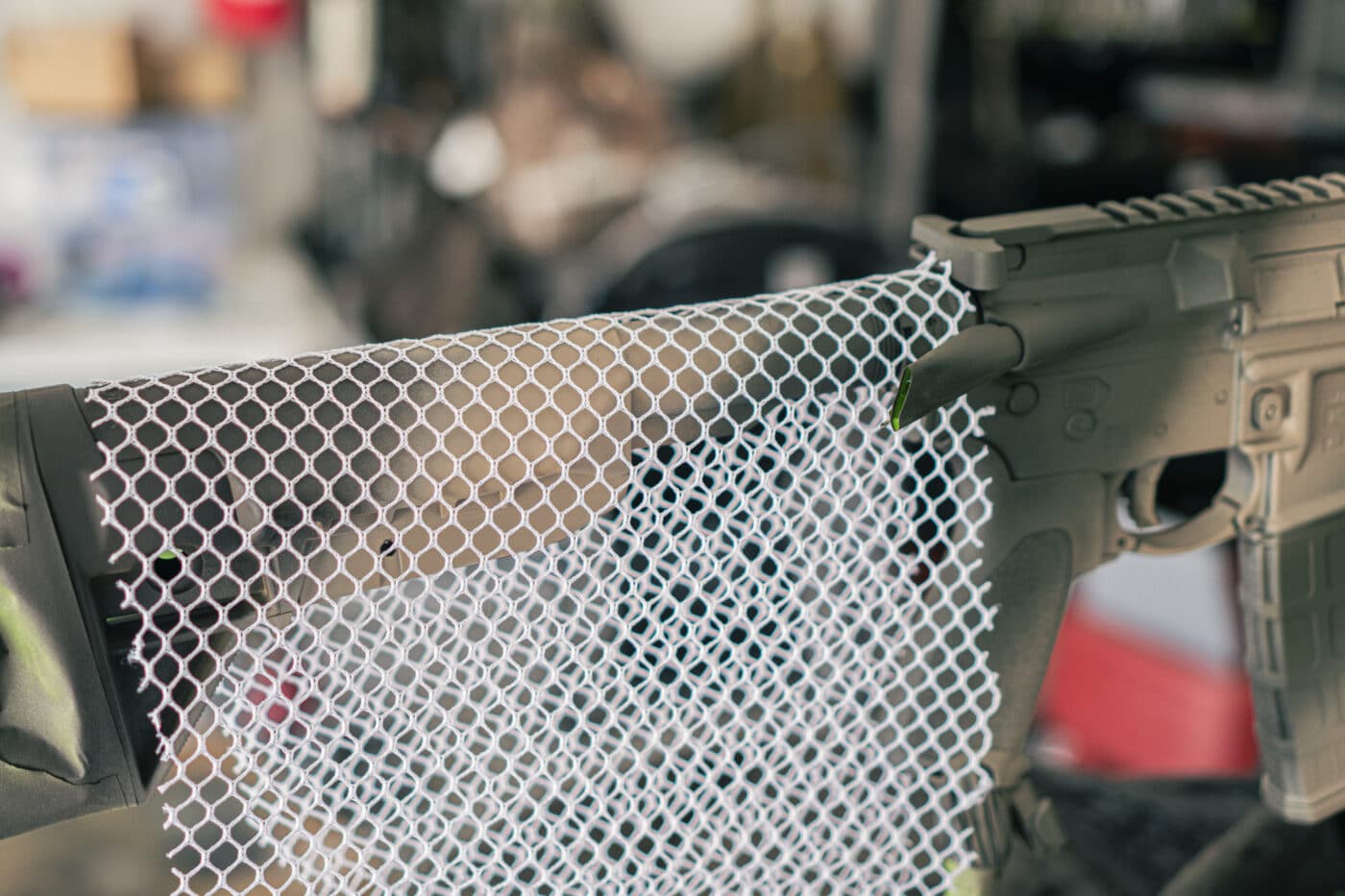
Do this a little bit here and there over the top of the rifle working your way all around it. The trick here is to not overdo it. Just break up the stripes and create nice gradients that flow into each other. Now let it dry again for five to 15 minutes.
All Done!
After that, it’s all done. Peel off your tape and look at the beauty you created. When it comes time to take it off, spray it down with mineral spirits and let it sit for a few minutes, wiping it off with a rag as you go.
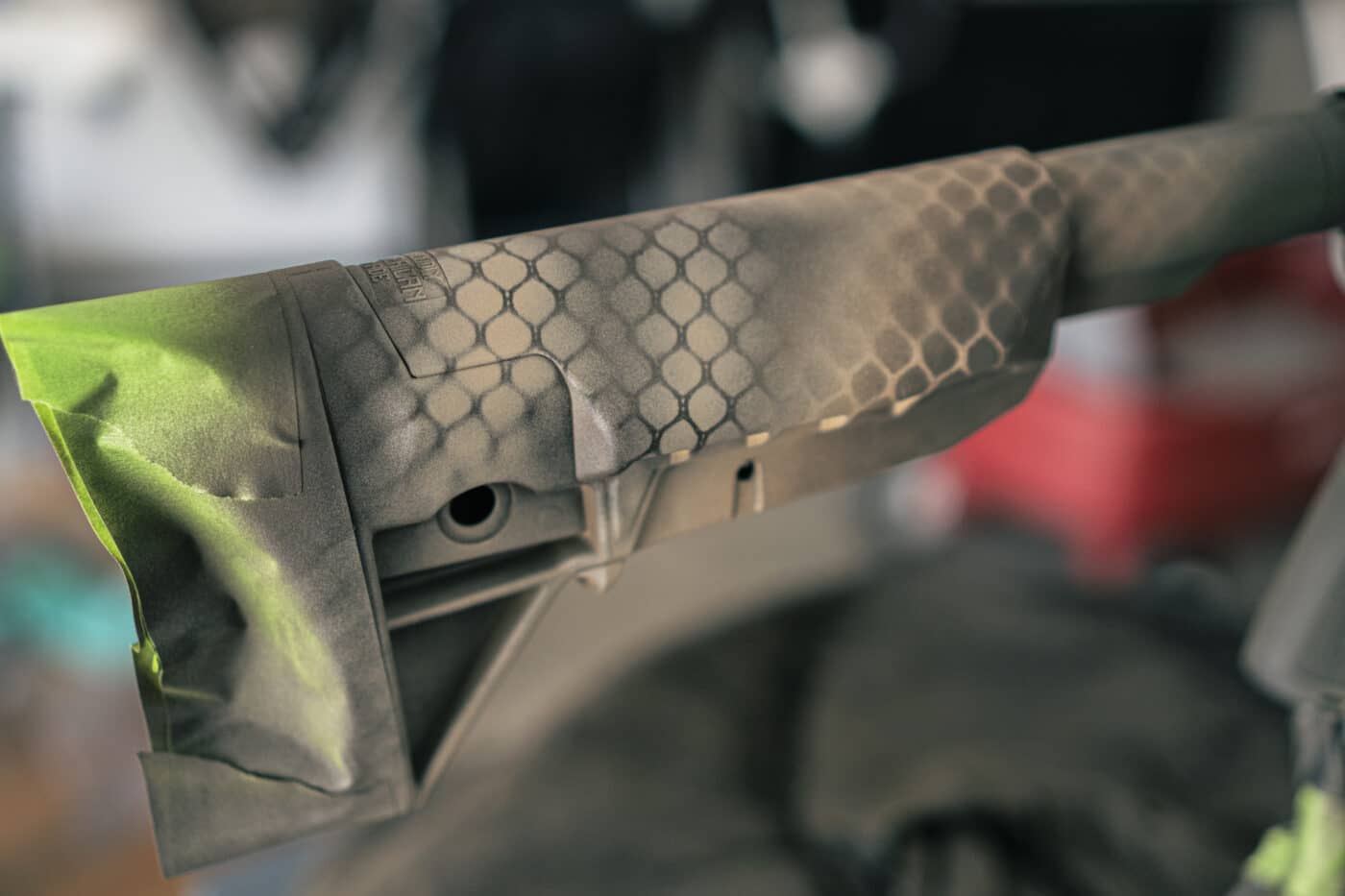
If you want to return your rifle back to its OEM look, you might have to really work with some Q-tips to get some small areas. But, if you just want to change out your summer camo for winter hunting season, just wipe off as much as you can and paint it again!
All in all, a project like this will cost you maybe $30 dollars. The laundry bag was around $10, and each can of paint was $5.99. You can do this same process on anything you want — flashlights, pressure pads, optics, you name it! Just be careful to mask your objects properly and use great care to protect important parts.
Enjoy your new camo pattern and happy hunting!
Editor’s Note: Please be sure to check out The Armory Life Forum, where you can comment about our daily articles, as well as just talk guns and gear. Click the “Go To Forum Thread” link below to jump in and discuss this article and much more!
Join the Discussion
Featured in this video
Continue Reading
Did you enjoy this video?

 92
92




